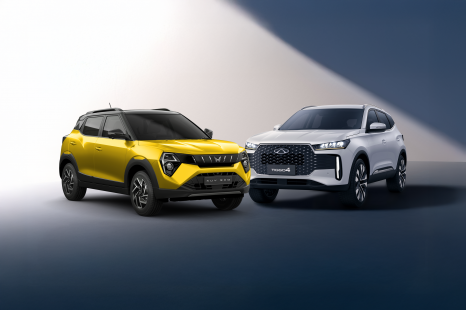

Andrew Maclean
2025 Mahindra XUV 3X0 vs Chery Tiggo 4: Spec battle
1 Month Ago
The T-Roc is now Volkswagen's best-selling car in Australia. It's easy to understand why after some time behind the wheel.
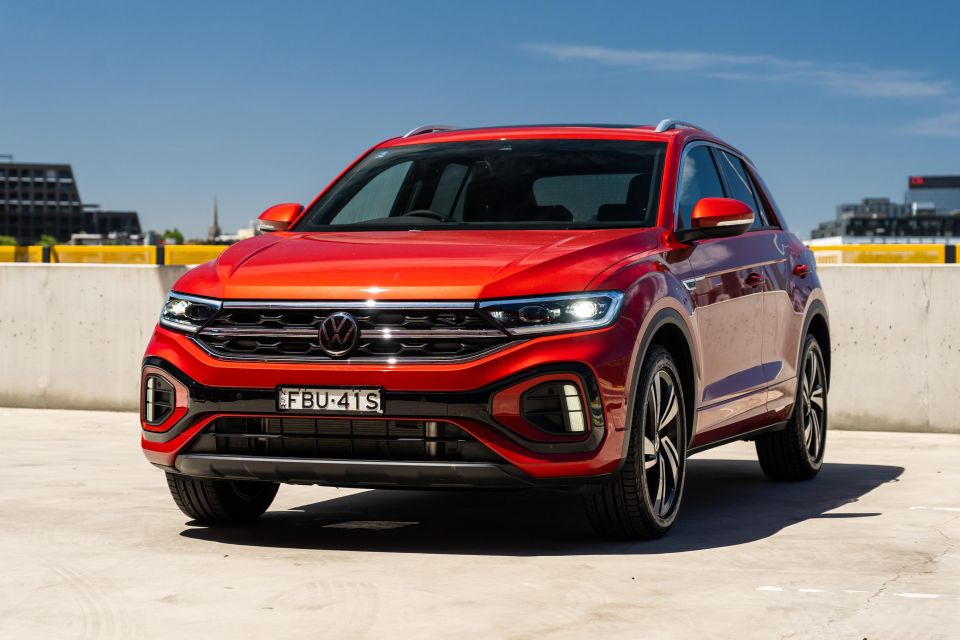
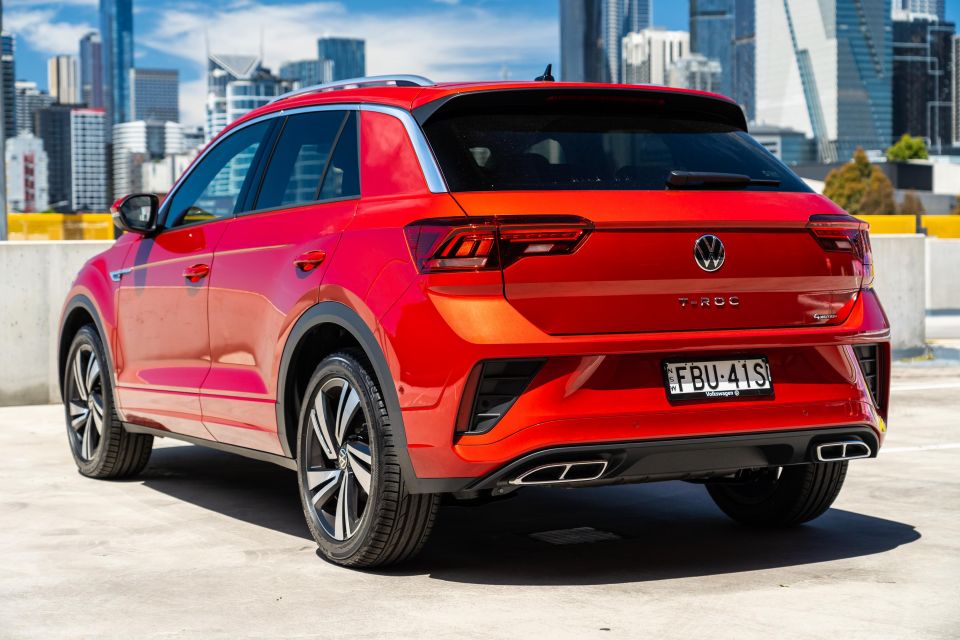

Quickly see how this car stacks up against its competition. Select any benchmark to see more details.
Where expert car reviews meet expert car buying – CarExpert gives you trusted advice, personalised service and real savings on your next new car.
Need proof the world is changing? Check out the Volkswagen T-Roc.
Once upon a time, Volkswagen Australia was all about the Golf; in 2010, more than 15,000 of the 38,000 cars it sold in Australia wore the famous badge.
But in 2023 it moved just 3600 examples of the Golf, and more than 9000 examples of the T-Roc SUV – which edged out the larger Tiguan SUV and Amarok ute to on its way to the top of the sales charts for Volkswagen.
The R-Line is the most expensive version of the T-Roc before you get into the more focused, performance-oriented T-Roc R, sitting above the less powerful CityLife and Style in the range.
Do you need the extra power, equipment, and cost it brings?
Drive-away deals are still being offered on the CityLife and Style, although they’re due to end on March 31. The R-Line on test here isn’t being offered with a drive-away price, however.

2024 Volkswagen T-Roc pricing:
Prices exclude on-road costs
To see how the T-Roc lines up against its rivals, use our comparison tool.
The cabin of the T-Roc looks and feels older than what’s on offer in the latest Golf, but in a few key ways that’s actually for the better.
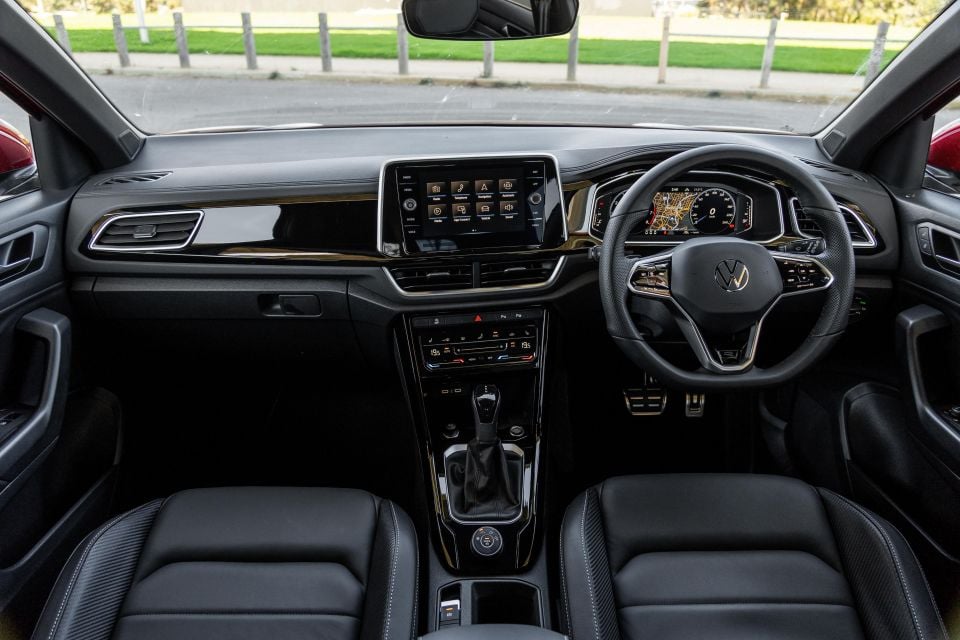
It’s a functional, comfortable space, and it all feels really nicely screwed together.
Up front in particular there are plenty of premium looking and feeling materials, although there are lots of hard and scratchy surfaces if you go searching… or head to the back seat.
The driver grasps a leather-trimmed steering wheel that feels great, but features silly touch sensitive buttons that are too easy to press by accident.
Volkswagen is moving away from them on the back of customer and media feedback, and it’s easy to see why. The T-Roc will pick those changes up this year.
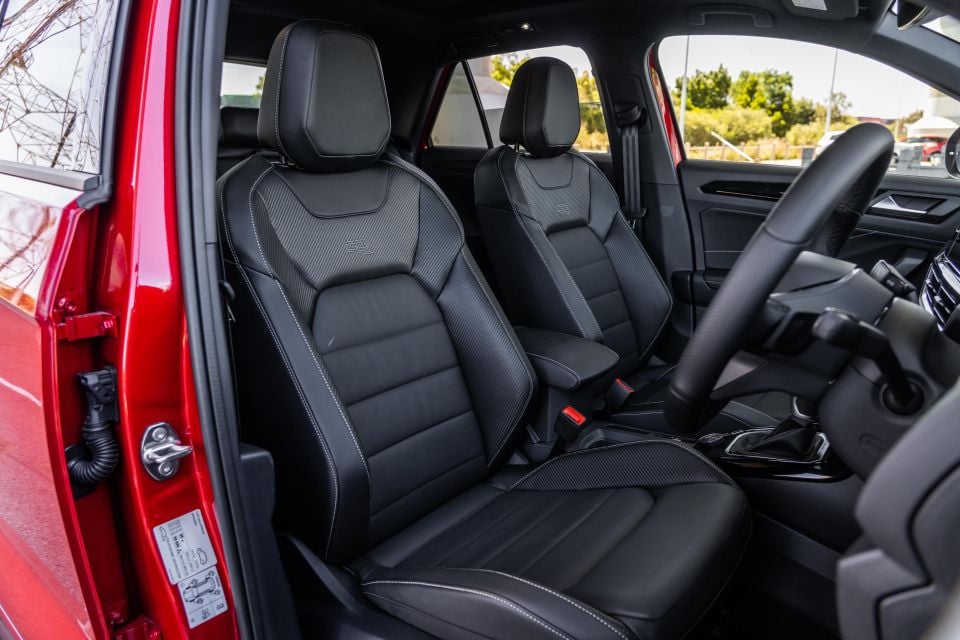
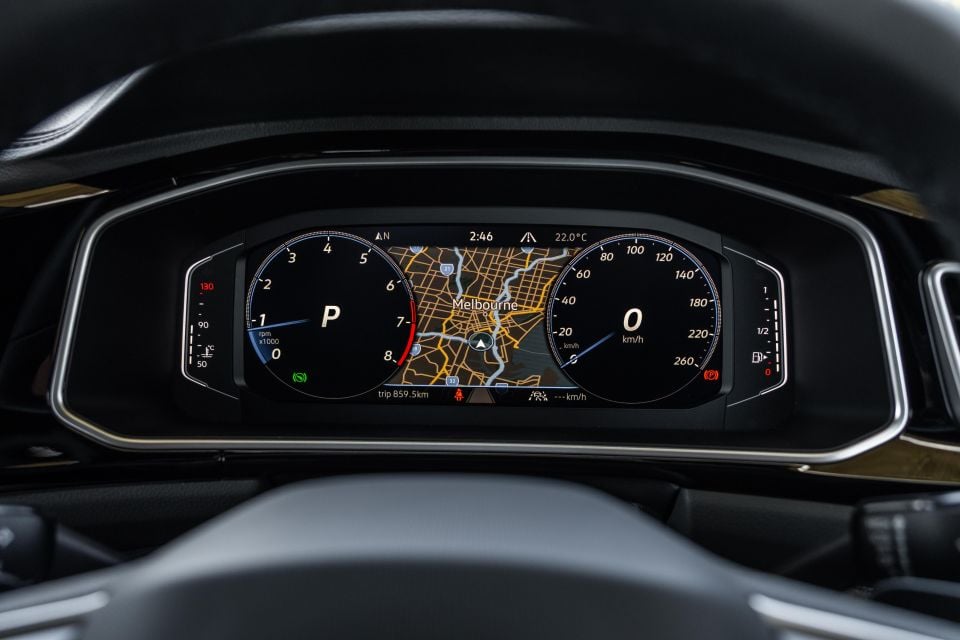
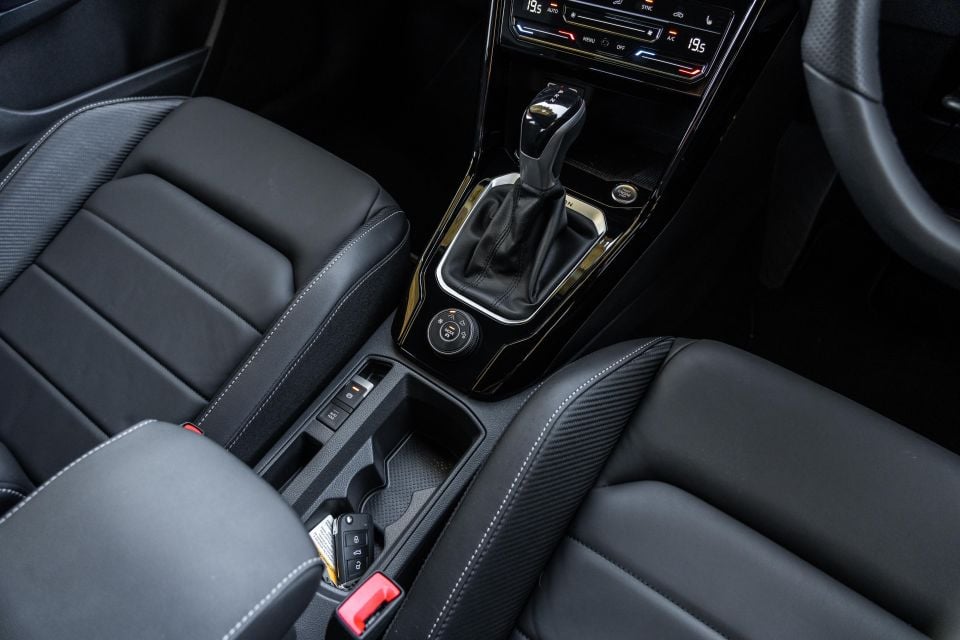
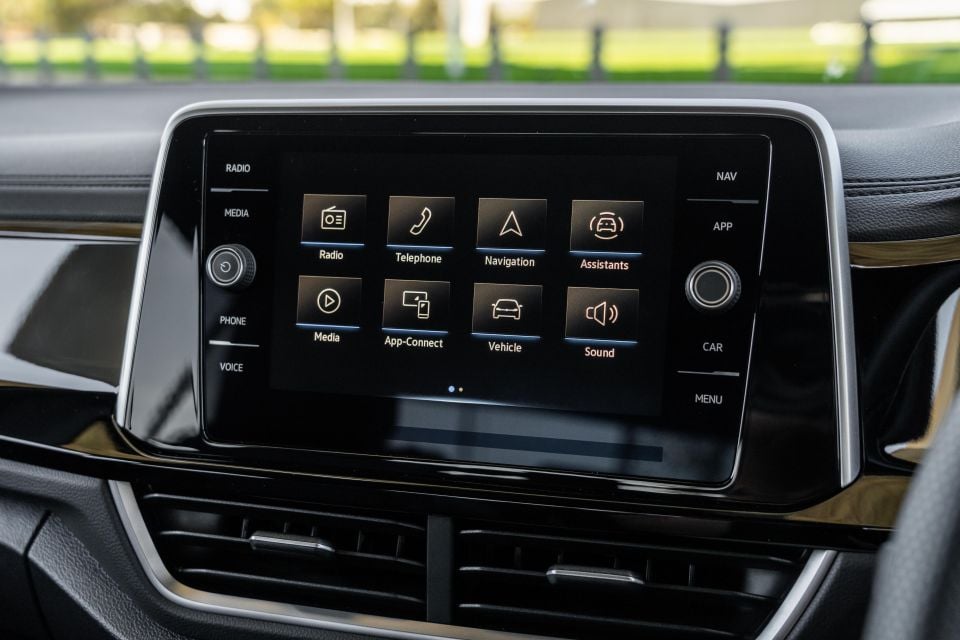
The touchscreen sitting proud of the dashboard features the same infotainment software offered in the Tiguan, with clean graphics and quick responses.
Wireless Apple CarPlay features, although you can plug into the two USB-C ports, and the menus are all logically laid out.
The 10.25-inch digital driver’s display remains a class-leader, too. It’s easy to read on the move, and offers plenty of information for data nerds.
Volkswagen has even stuck with a proper climate control pod, rather than burying those controls in the central screen.
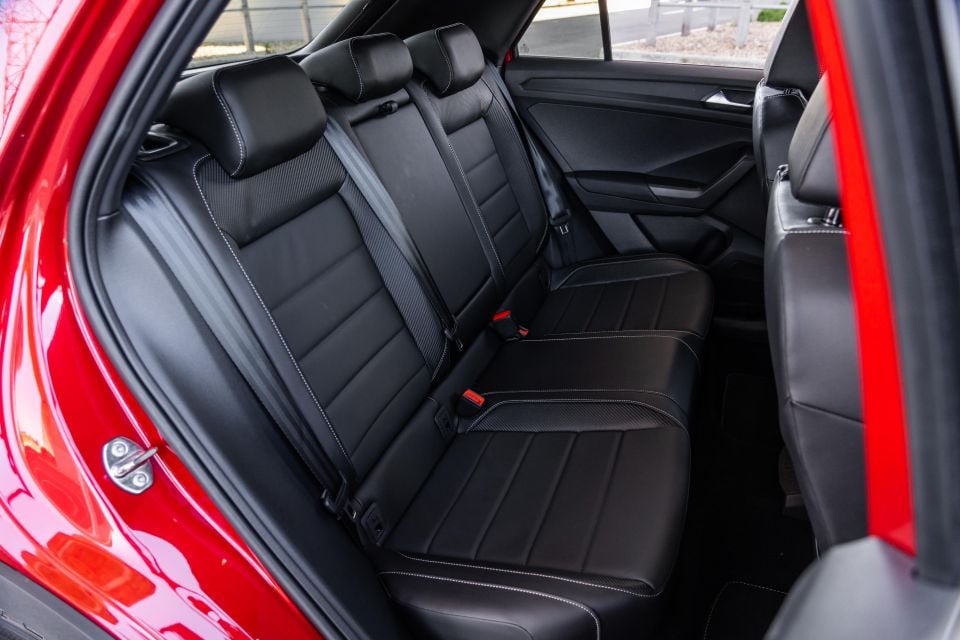
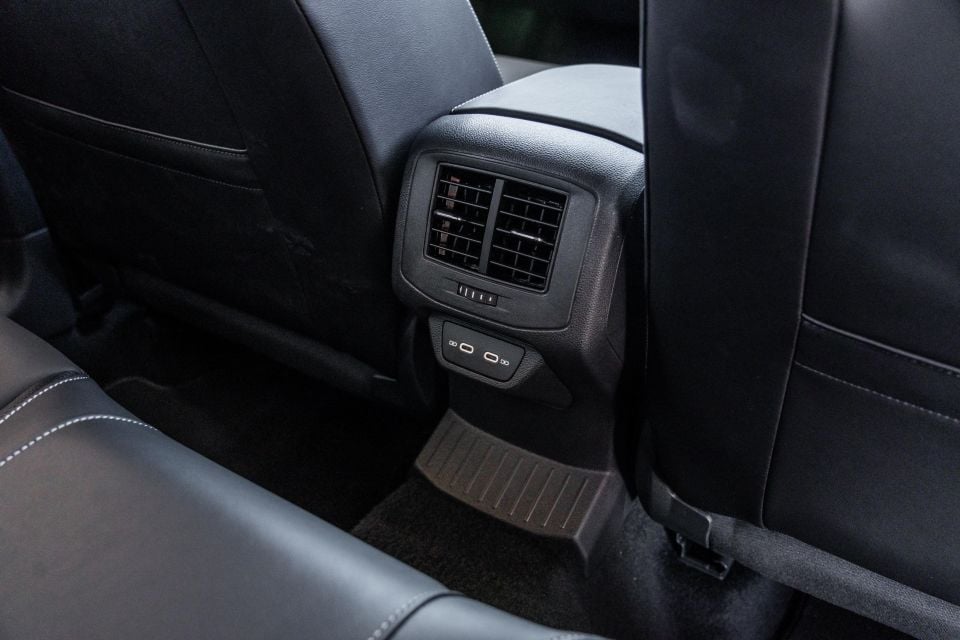
Storage space around the cabin is generally pretty good. Along with the wireless charger at the base of the dashboard, there are cupholders, decent door pockets, and a compact bin beneath the central armrest.
It doesn’t feel like a small car up front, the T-Roc – and anyone turned off by the Golf’s minimalistic, button-lite design will be more at home here.
Rear seat space is decent, although anyone lugging a family around will want to look at the bigger Tiguan.
Adults will be able to get comfortable back there on shorter trips, thanks to solid headroom and legroom, and the inclusion of air vents and USB-C ports is a win for anyone sitting back there.
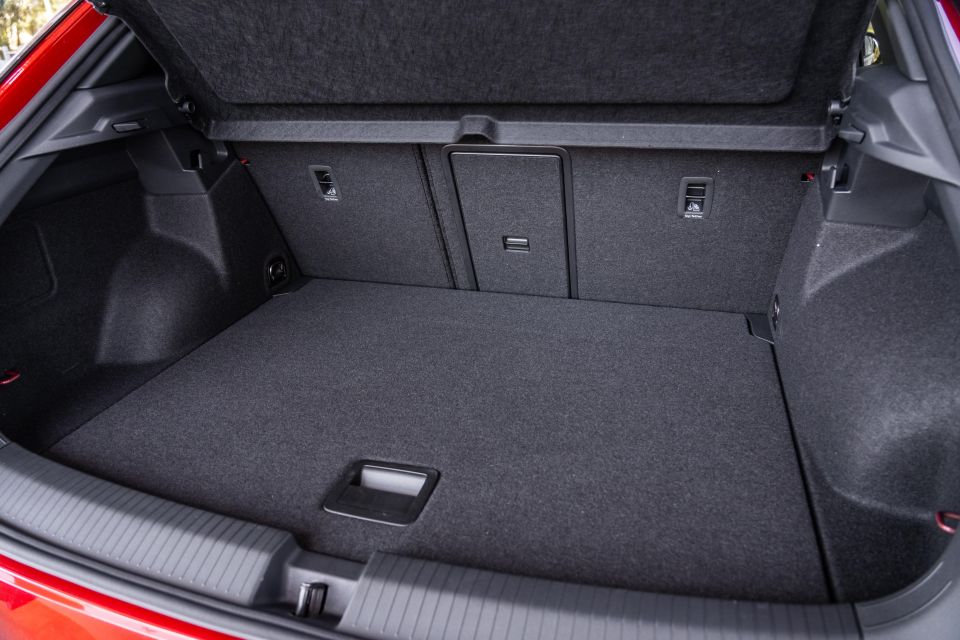
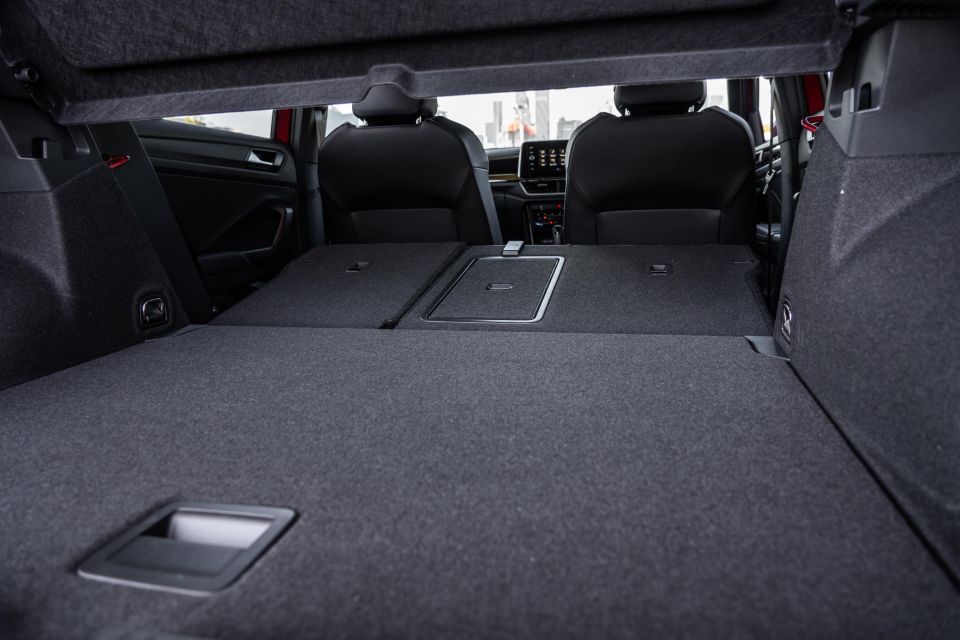
ISOFIX points feature on the outboard rear seats, and there are three top-tether points for child seats. If you are loading kids in regularly, it’s worth noting the door opening is smaller than on a proper mid-sized SUV (as is the case with all the T-Roc’s rivals).
Boot space is a claimed 392 litres with the rear seats in place, which expands to 1237 litres with them folded.
Although it packs more power than the entry level 110TSI CityLife and Style, the 140TSI isn’t the punchiest T-Roc. That honour belongs to the T-Roc R, which has more than 220kW from its 2.0-litre engine.
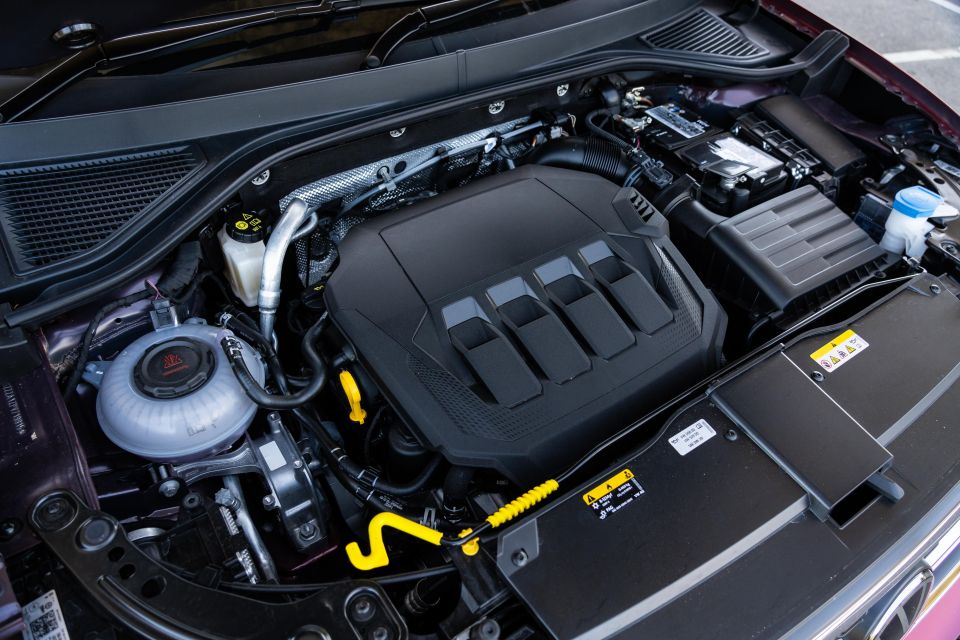
| Model | Volkswagen T-Roc 140TSI |
|---|---|
| Engine | 2.0-litre 4cyl turbo |
| Power | 140kW (4200rpm) |
| Torque | 320Nm (1450rpm) |
| Transmission | 7-speed dual-clutch auto |
| Driven wheels | All-wheel drive |
| Weight | 1516kg (tare) |
| Fuel economy (claim) | 7.3L/100km |
| Fuel tank size | 55L |
| Fuel requirement | 95 RON |
To see how the T-Roc lines up against its rivals, use our comparison tool.
There’s a real polish to how the T-Roc goes about its business, which is typical of Volkswagen’s latest cars – and the extra grunt in the 140TSI only enhances that.
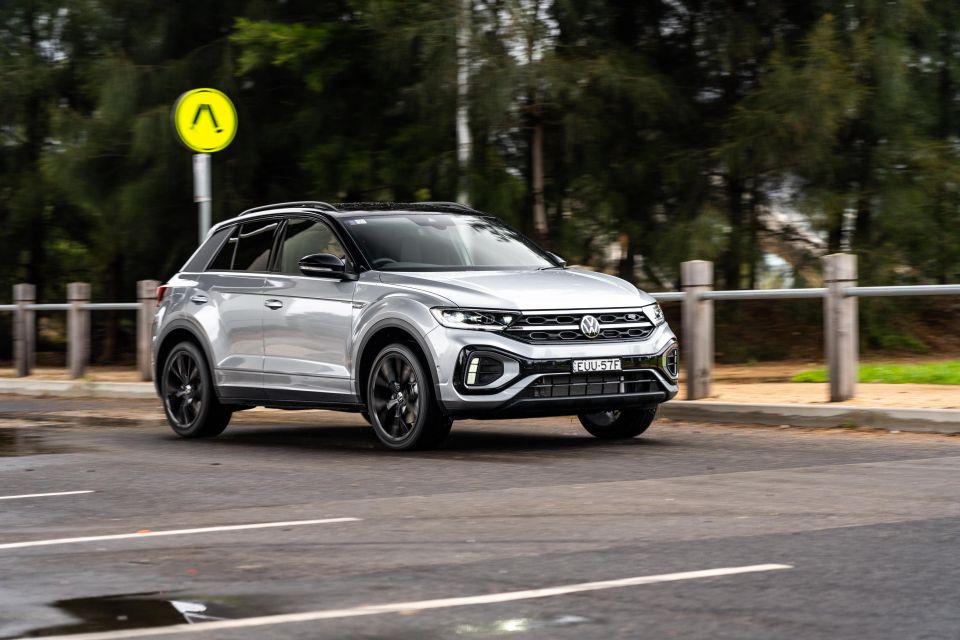
It fires quietly and settles into a near-silent idle, and offers enough performance to squeeze you back in your seat around town. The dual-clutch automatic doesn’t feel awkward off the mark, and it shuffles smoothly through the gears when you’re cruising.
The R-Line badging suggests there’s a hint of sportiness here, and that’s how it plays out. Put your foot down and the engine has a subtle (but noticeable) bark to it, while the dual-clutch transmission snaps confidently from gear-to-gear.
Under the skin, the T-Roc shares its bones with the old Golf. It’s no surprise then it feels like a Golf – albeit a slightly taller one – most of the time.
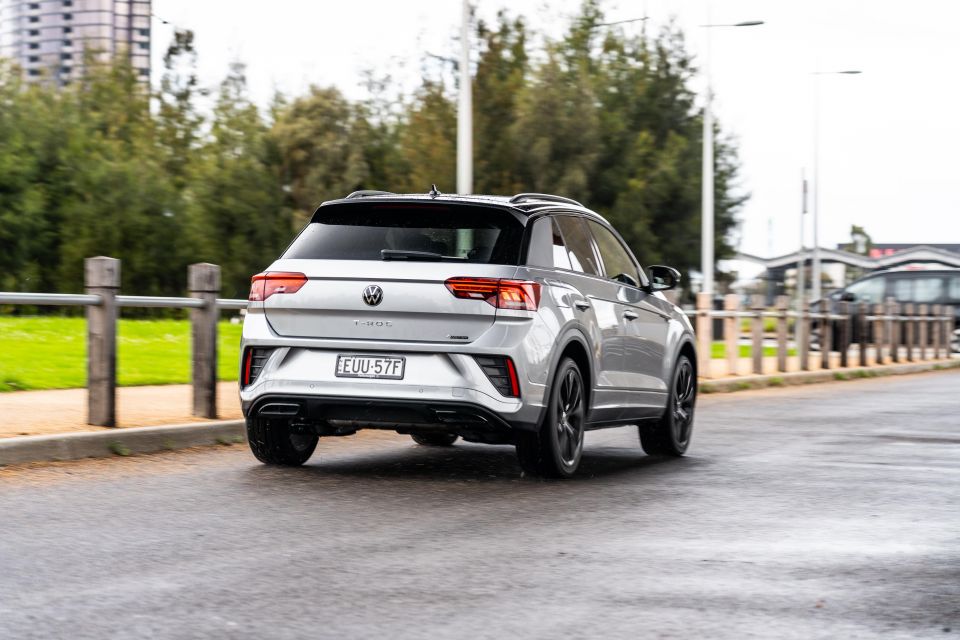
Ride quality is excellent in the suspension’s most relaxed comfort mode, soaking up the worst the city can throw at it with aplomb. That’s a surprise, given the R-Line rides on big wheels wrapped in relatively skinny tyres, and really plays into its remit as a more polished, premium car than some of its cheaper rivals.
The adaptive dampers offer a huge breadth of capability. In their default normal mode the ride is relatively taut, as you’d expect of an R-Line car, while their stiffest mode is properly firm. Owners are able to save their default configuration in an individual mode.
Combined with the progressive steering system, the adaptive dampers make this quite a fun car to point-and-shoot around town.
It’s easy to thread through tight city streets without taking your hands from nine-and-three on the wheel, while the raised driving position and compact proportions make it simple to fit into what would otherwise be tight parking spaces.
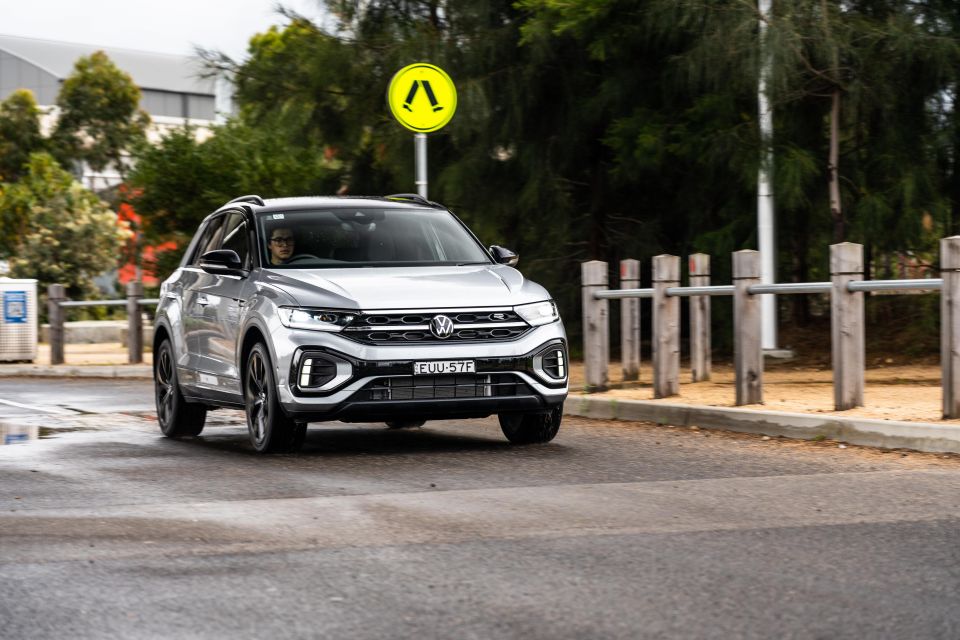
Volkswagen’s parking sensors and crisp camera mean there’s no excuse for scraped wheels, either.
The grown-up feeling you get from the T-Roc translates to the open road as well, where it’s nicely settled.
The more powerful 140TSI engine means there’s more punch in reserve for overtakes than the 110TSI, and the transmission doesn’t need to kick down to accelerate up hills with a load on board.
With that said, the T-Roc falls into a familiar trap on Australian highways. With the cruise set to 100km/h there’s a lot of road roar from the 18-inch wheels, forcing you to crank the stereo to drown it out.
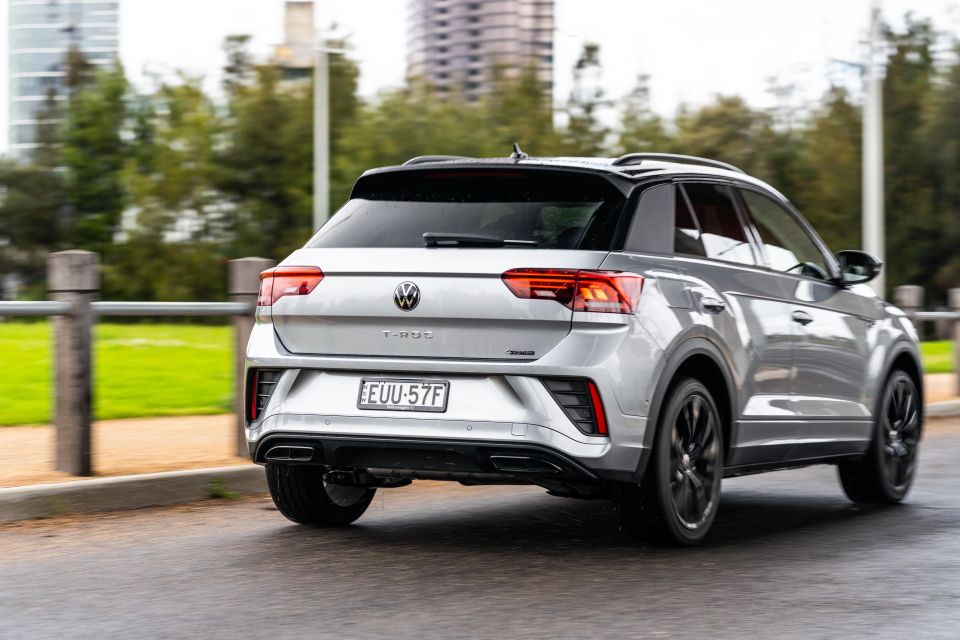
It’s not a dealbreaker – the same issue afflicts premium European crossovers like the Mercedes-Benz GLA and Audi Q3 – but it’s the most noticeable issue in what’s otherwise a very refined package.
A full suite of active driver assists is on hand to keep a gap to the vehicle in front, keep you between the white lines, and warn of hidden obstacles in your blind-spot at highway speeds, all of which are smartly calibrated.
T-Roc CityLife highlights:
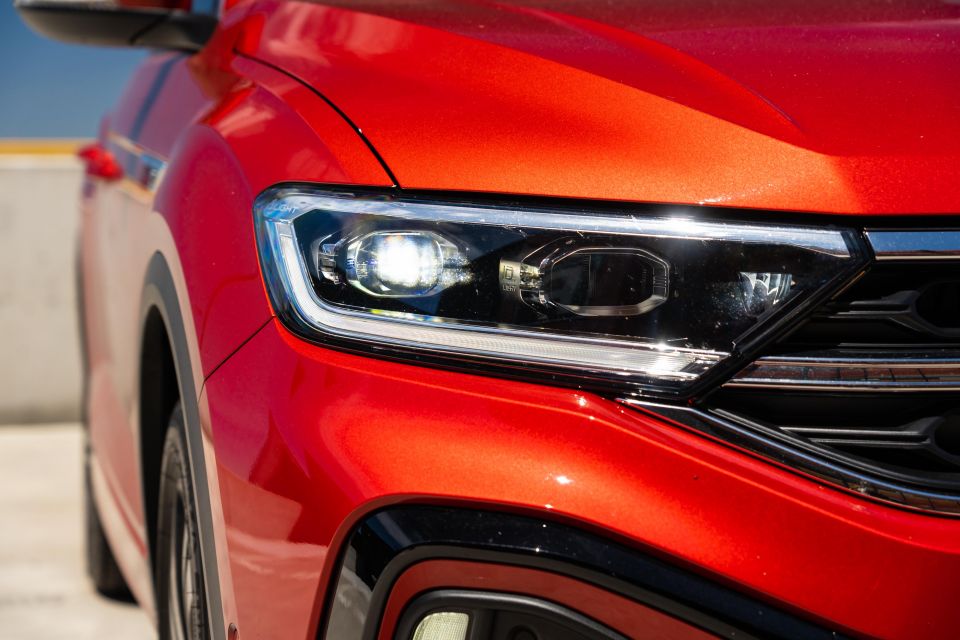

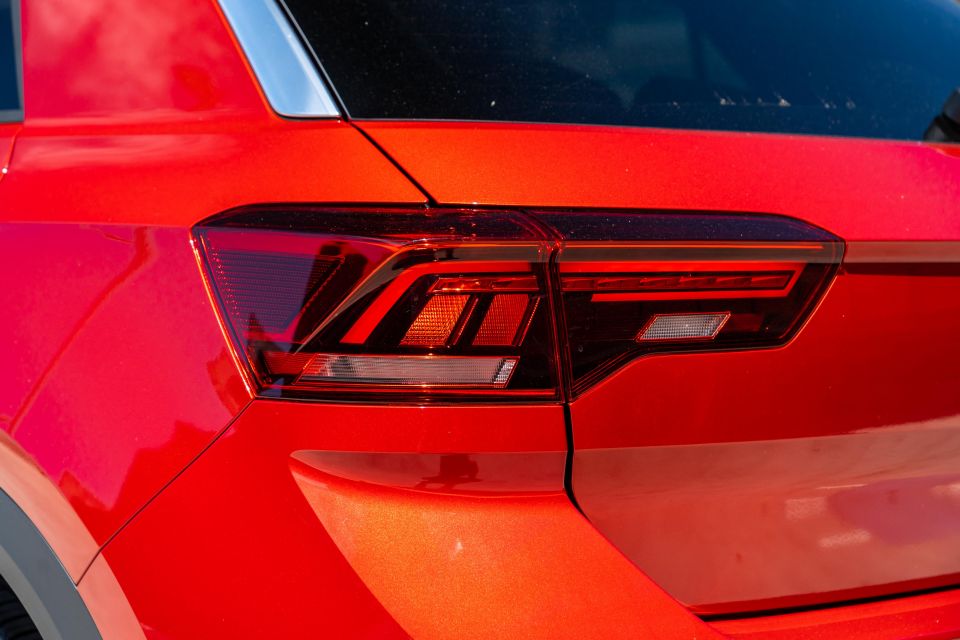

Style adds:
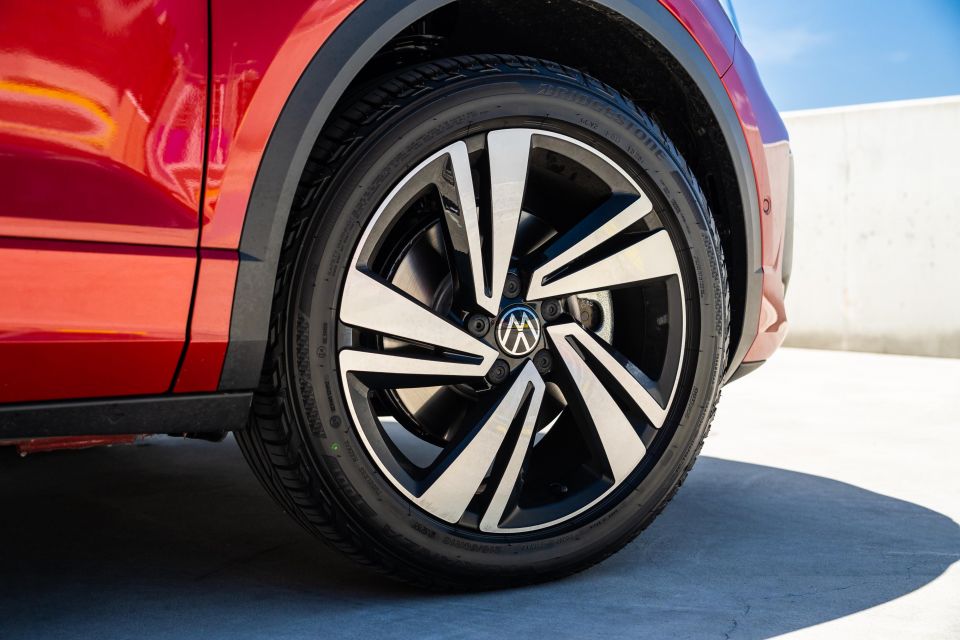

R-Line adds:
The Volkswagen T-Roc is now unrated by ANCAP following it’s five-star safety rating from 2017 lapsing.
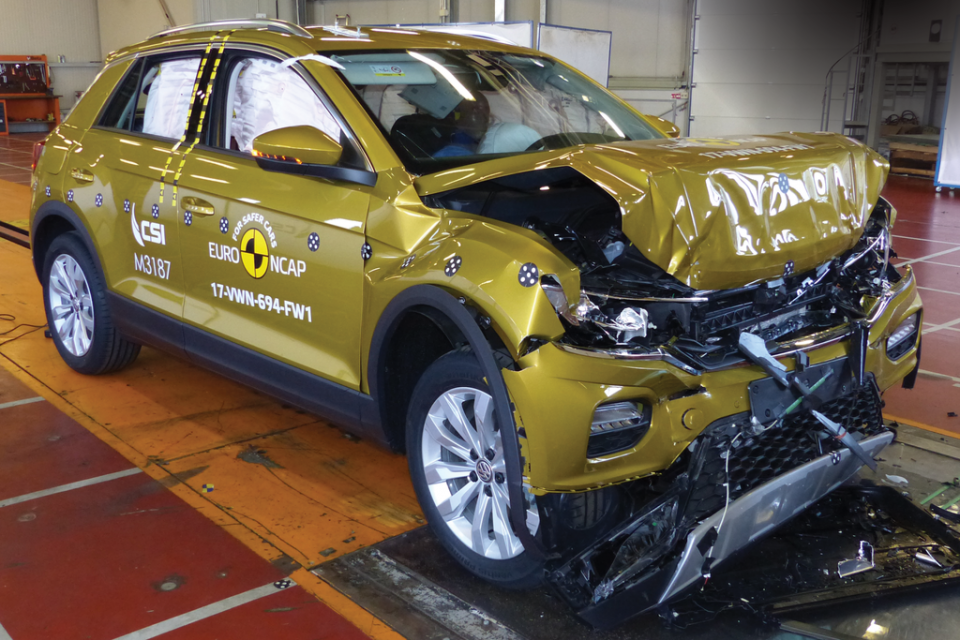
Where expert car reviews meet expert car buying – CarExpert gives you trusted advice, personalised service and real savings on your next new car.
As part of the 2017 five-star ANCAP safety rating it received an adult occupant protection score of 96 per cent, a child occupant protection score of 87 per cent, a pedestrian protection score of 79 per cent, and a safety assist score of 71 per cent.
Standard safety features include:
Style and up get blind-spot monitoring and rear cross-traffic alert. The whole T-Roc range also comes standard with three top-tether points and two ISOFIX points on the outer rear seats.
The 2024 Volkswagen T-Roc is covered by Volkswagen’s five-year, unlimited-kilometre warranty.
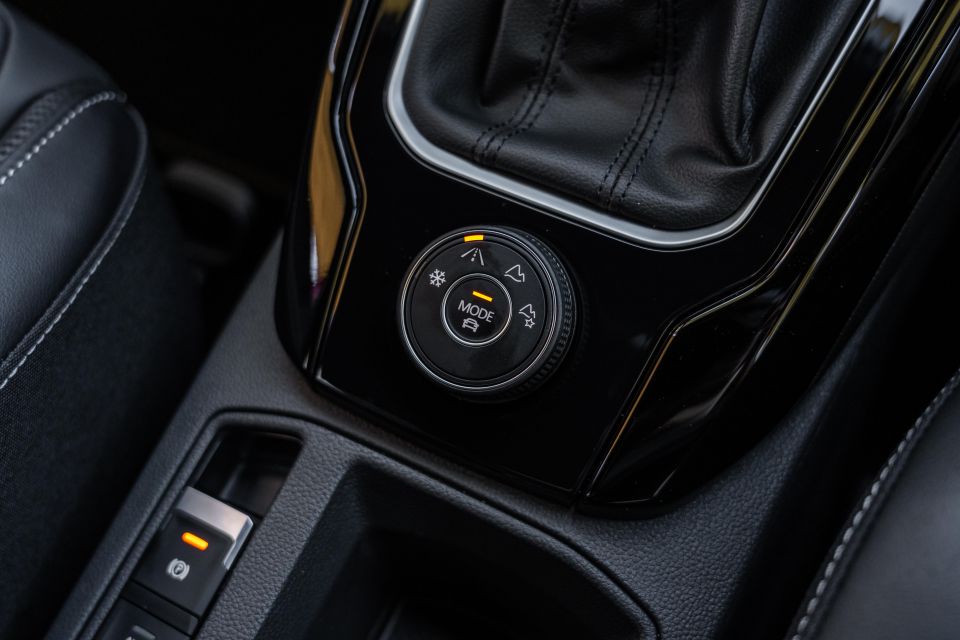
Maintenance is required every 12 months or 15,000 kilometres, and Volkswagen offers three-and-five year service plans.
R-Line customers can purchase a three-year service plan for $1700 or a five-year service plan for $2850. Alternatively, the first five services cost $484, $670, $784, $1071, $590 individually.
The T-Roc has a big job to do for Volkswagen Australia – thankfully, it still has what it takes.
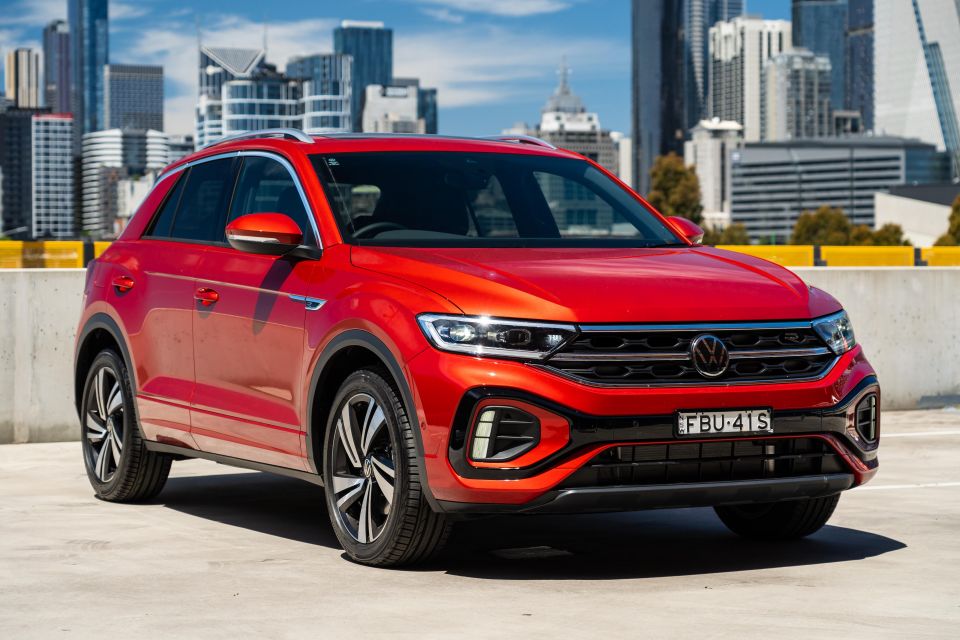
It still looks and feels fresh enough to stand out from the crowd, and it blends posh-feeling materials and design with day-to-day usability better than plenty of more modern, more expensive options in Volkswagen’s Australian range.
The R-Line delivers on the promise of its badge with a punchy, refined powertrain and more impressive list of standard inclusions.
It’s only marginally more expensive than a Golf R-Line, but has 30kW and 70Nm more from its 2.0-litre engine, and subs that car’s slushy automatic transmission for a crisper dual-clutch.
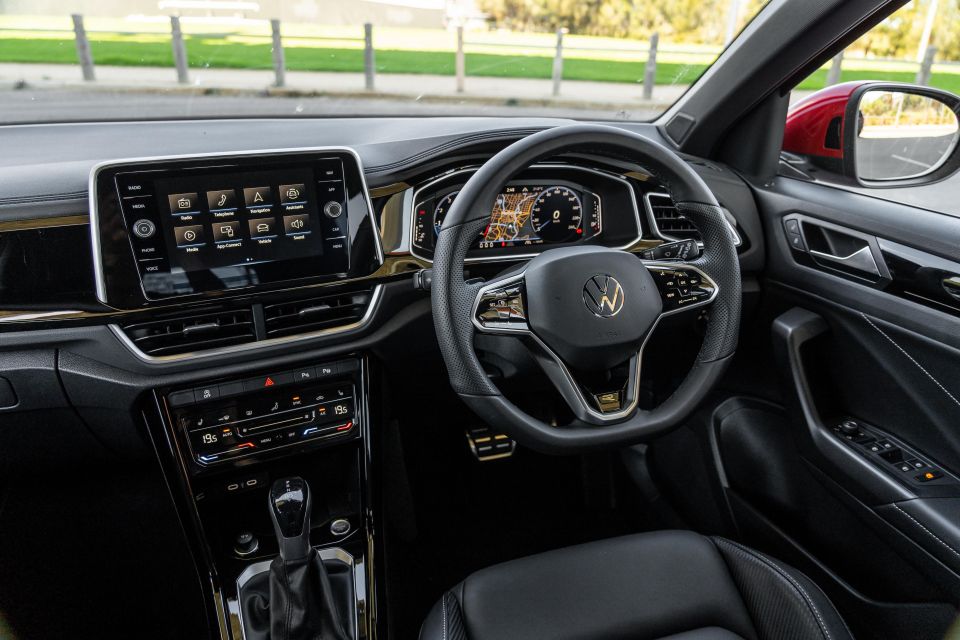
Do you need the R-Line? That’s a different question.
The Style sitting below it in the range isn’t short on equipment, and is a whopping $8000 cheaper.
Yes, it’s down on power, but it’s not the sort of deficit anyone who lives in town is likely to worry too much about.
That makes the R-Line a T-Roc you need to buy with your heart and your head.
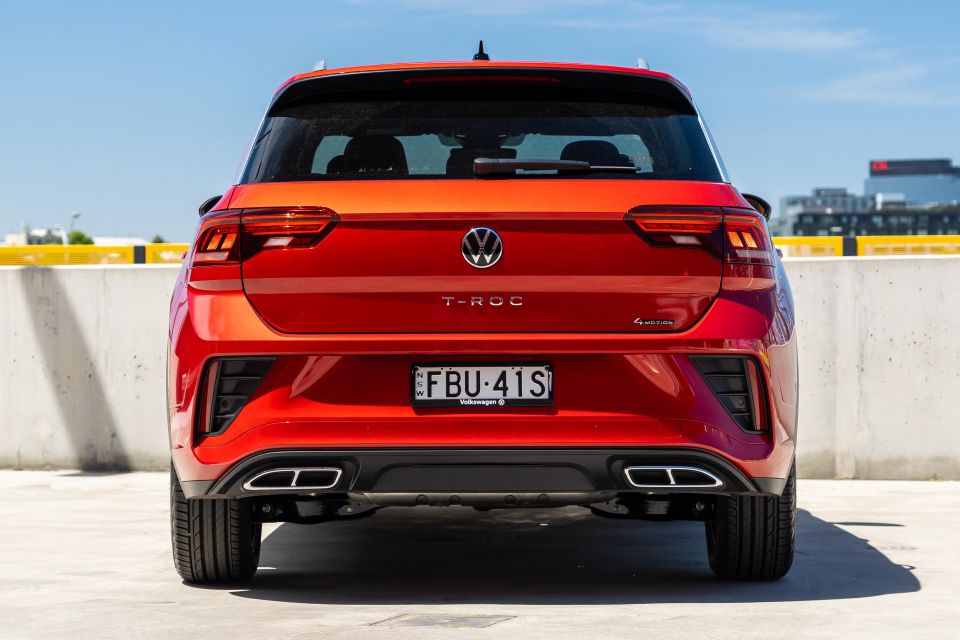
Click the images for the full gallery
MORE: Buy a Volkswagen T-Roc MORE: Everything Volkswagen T-Roc
Where expert car reviews meet expert car buying – CarExpert gives you trusted advice, personalised service and real savings on your next new car.
Scott Collie is an automotive journalist based in Melbourne, Australia. Scott studied journalism at RMIT University and, after a lifelong obsession with everything automotive, started covering the car industry shortly afterwards. He has a passion for travel, and is an avid Melbourne Demons supporter.


Andrew Maclean
1 Month Ago
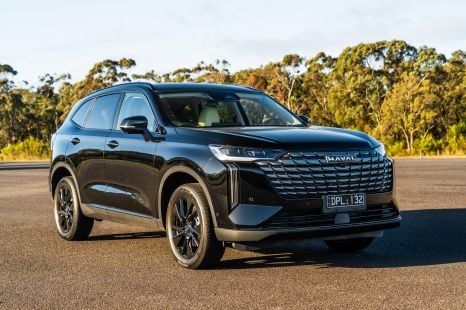

Josh Nevett
28 Days Ago
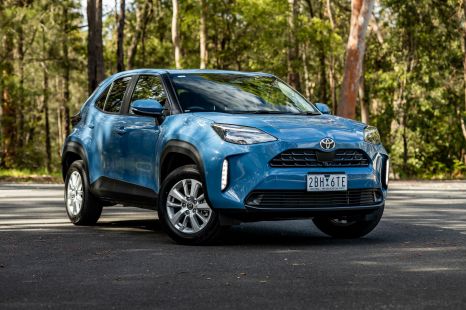

Matt Campbell
22 Days Ago
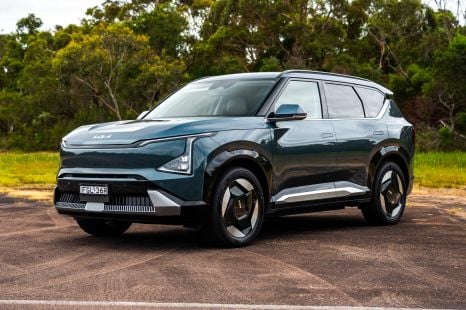

James Wong
15 Days Ago
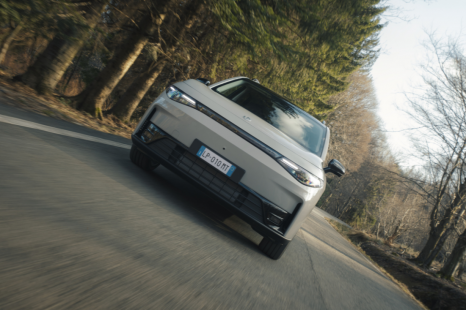

William Stopford
14 Days Ago
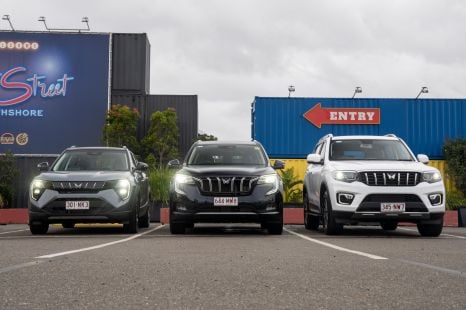

CarExpert.com.au
8 Days Ago